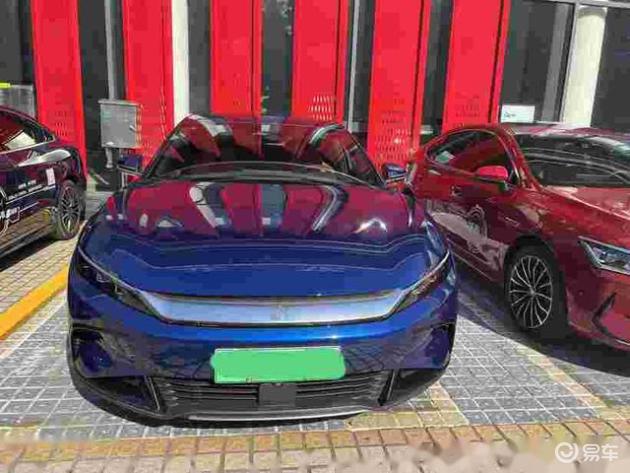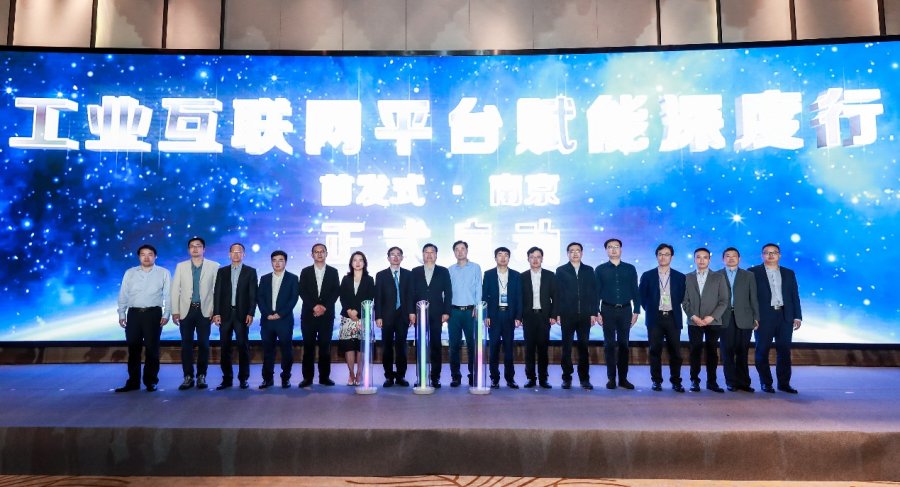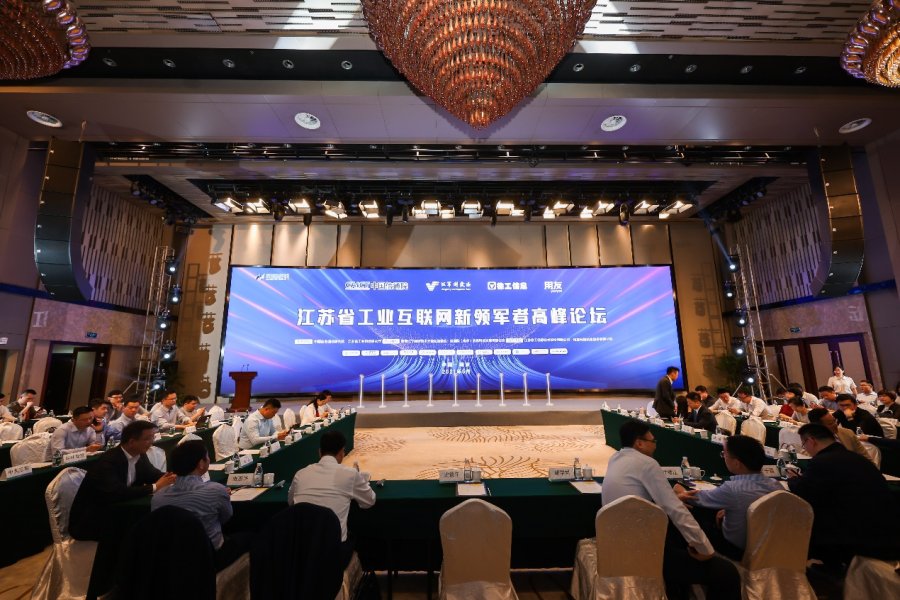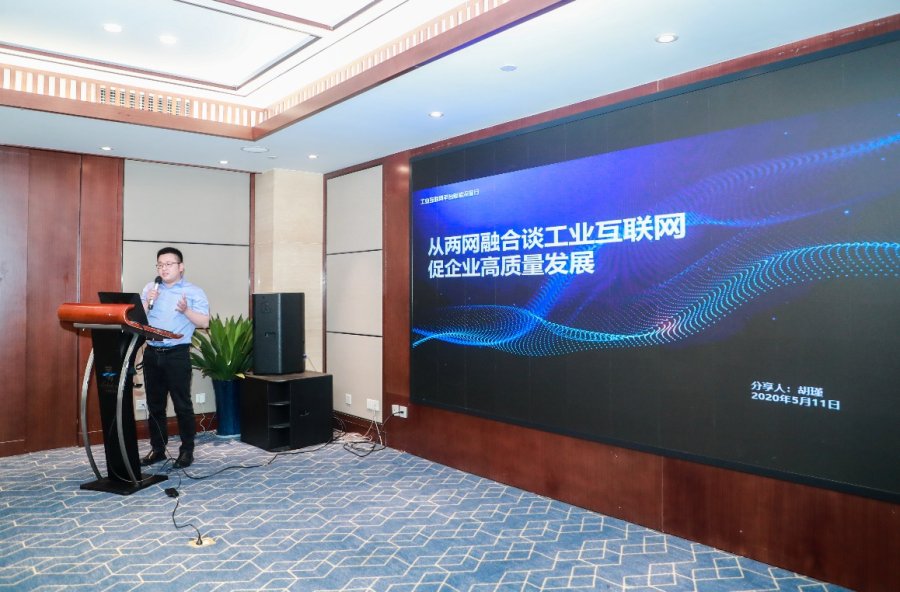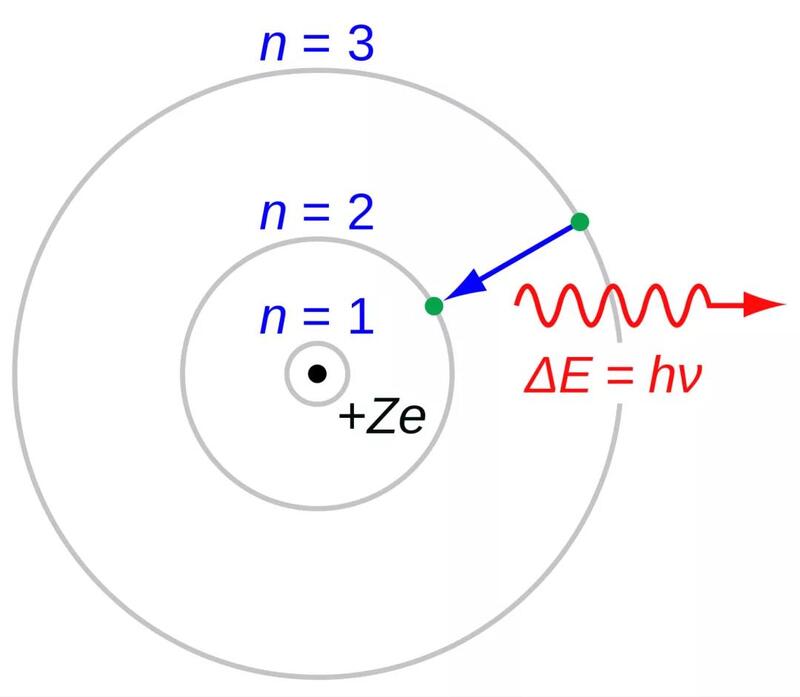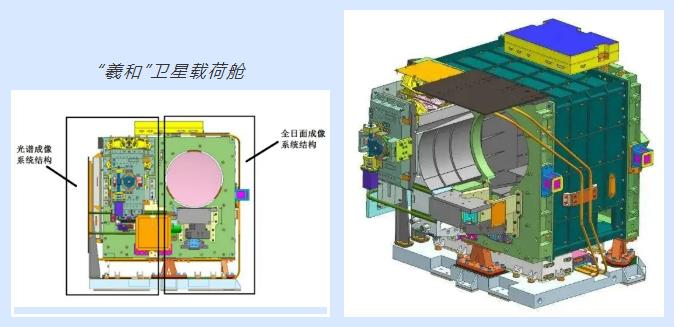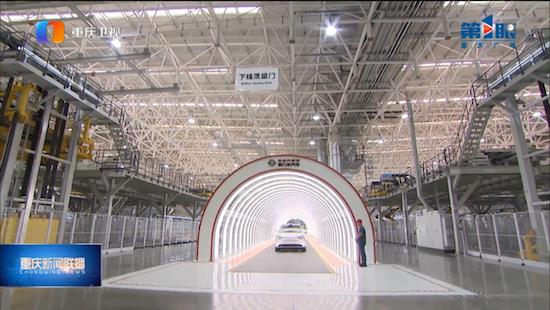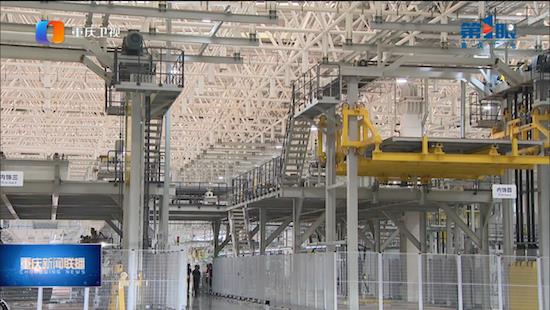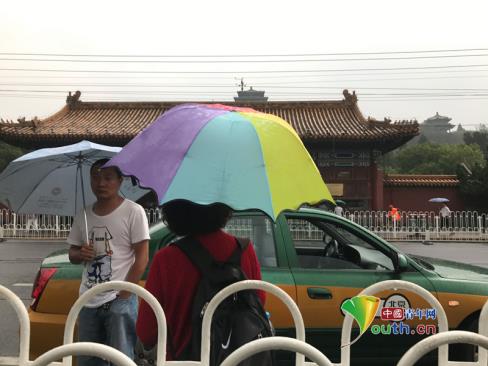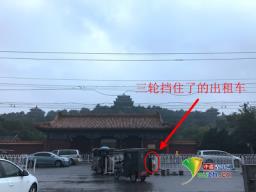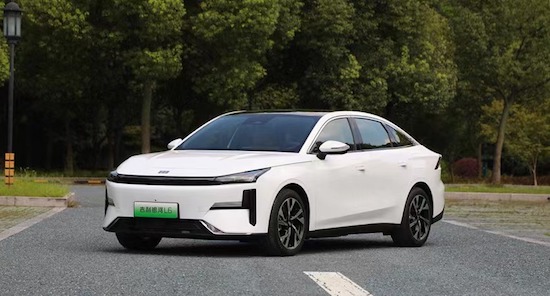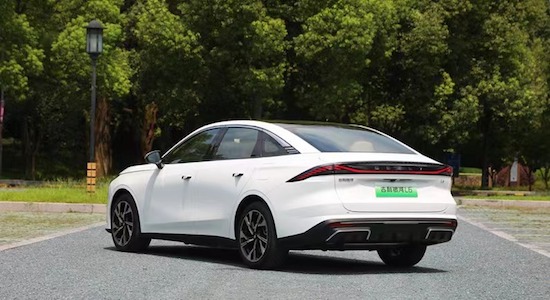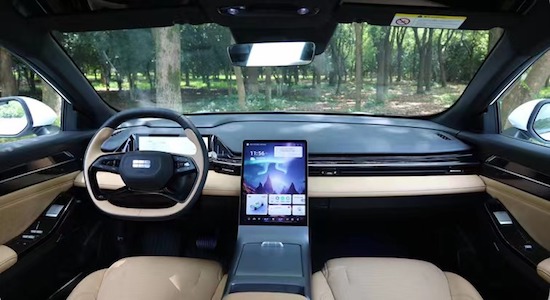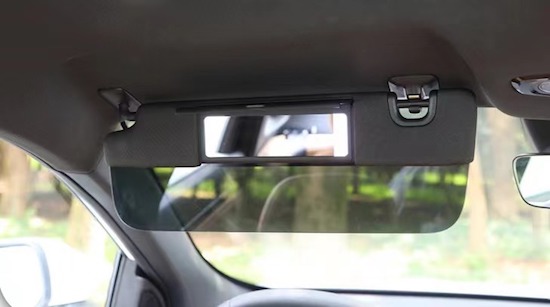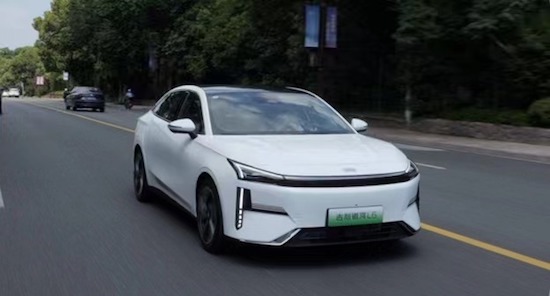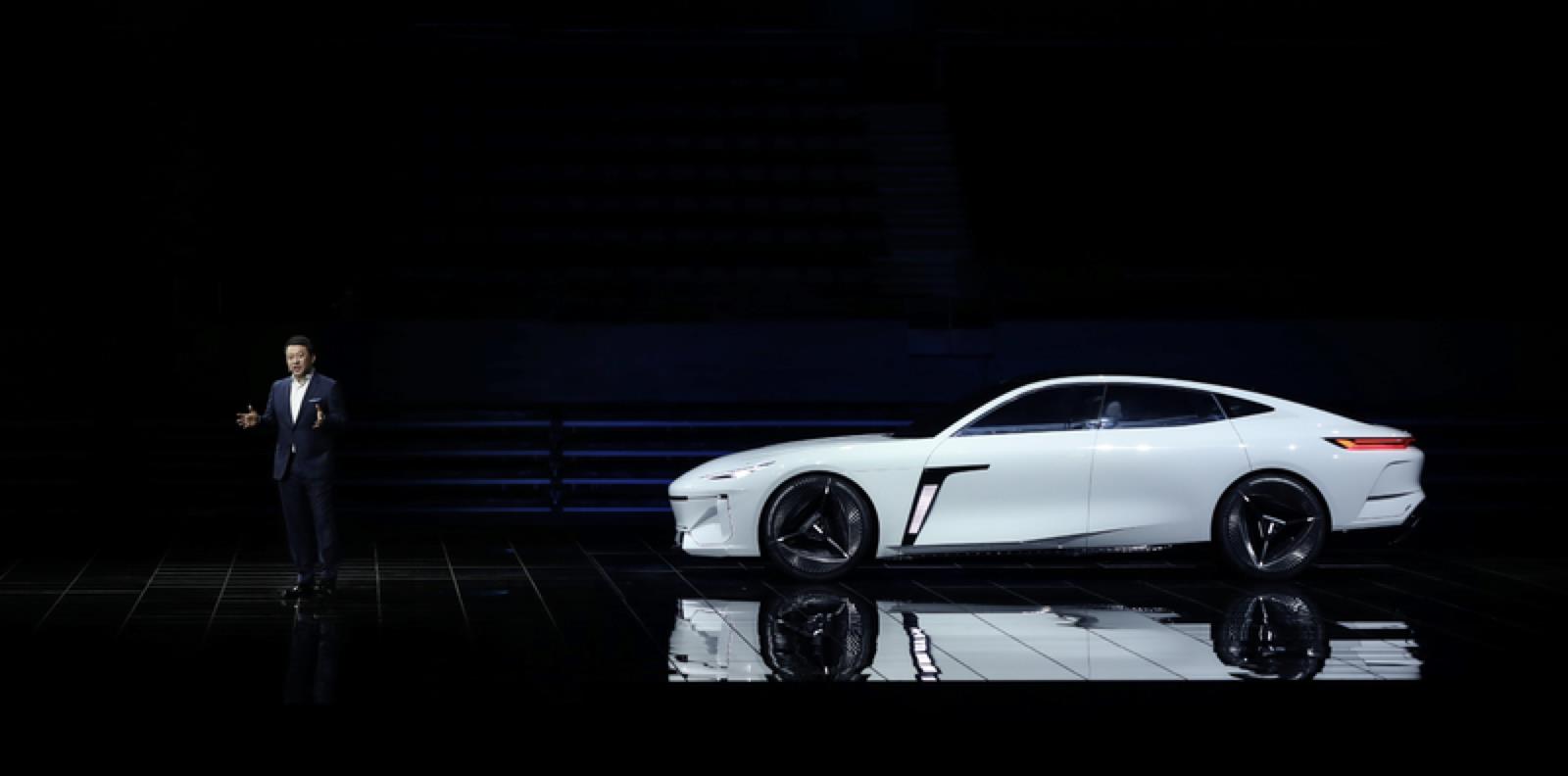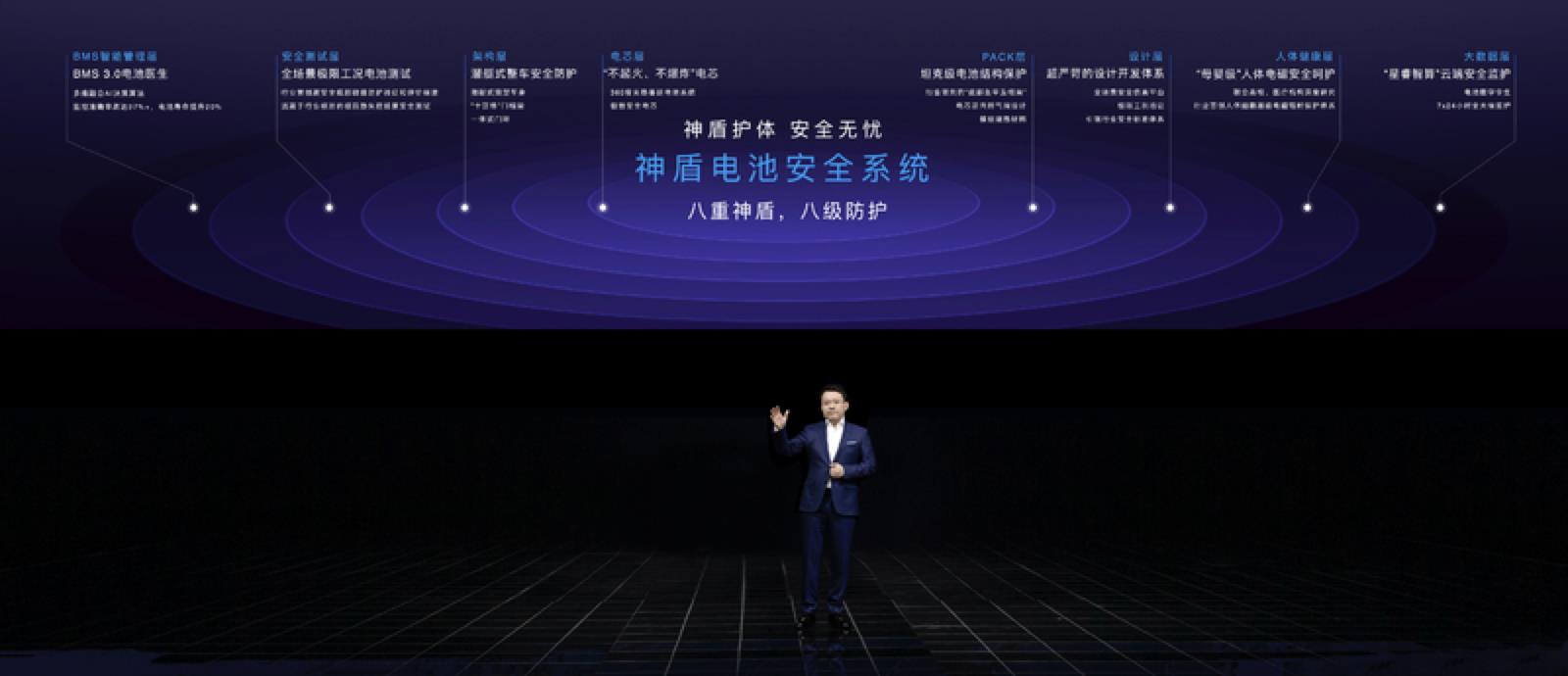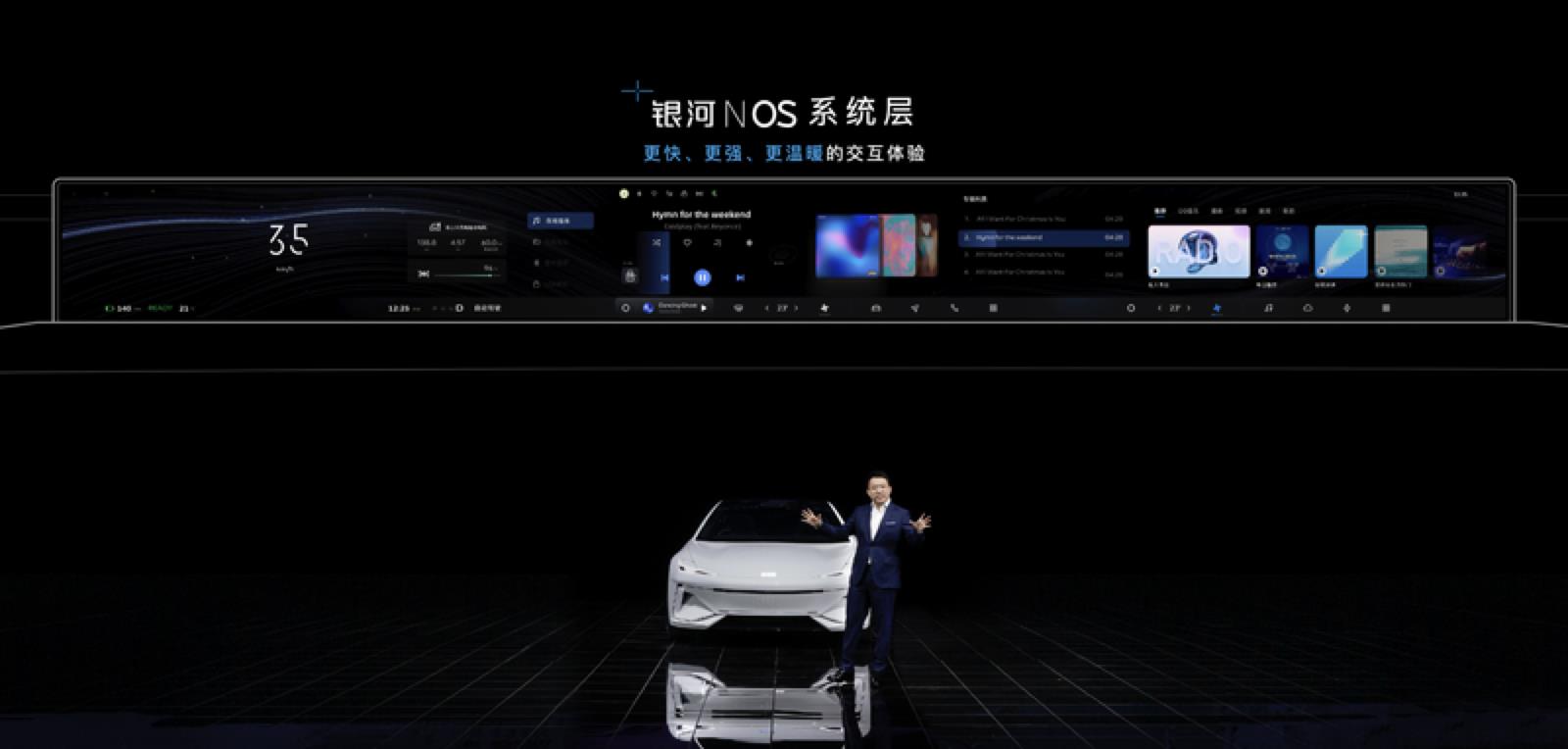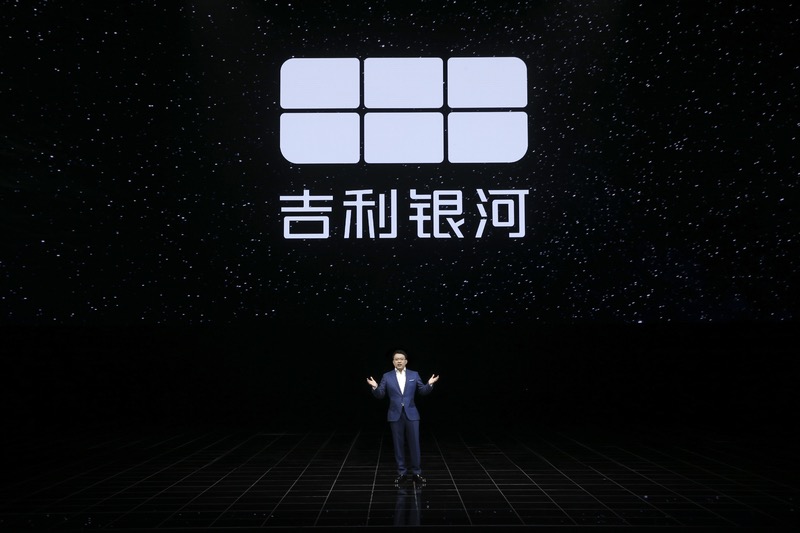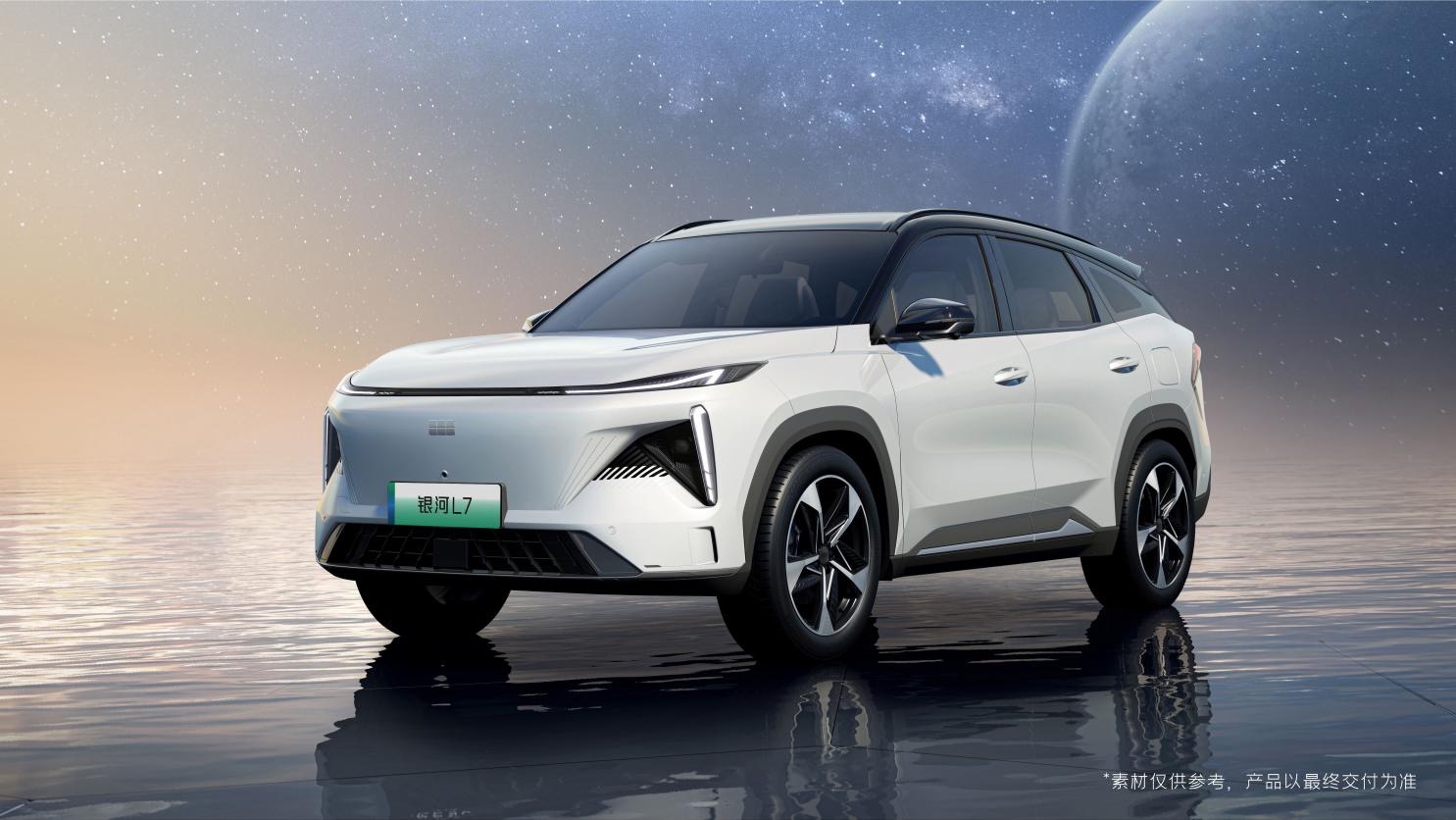Should the taxi concession system be broken?
– Implications from the development of the US taxi control system
Authors: Xu Kangming, Su Kui
In the early 1970s, an anti-government control ideology arose in the United States, which is very similar to some domestic ideological trends today. It believes that government control "rarely does the right thing" and relying on market mechanisms "rarely does the wrong thing". As a model of a free economy, the government restricts the freedom of access to certain industries and does not allow market competition mechanisms to determine prices. The core guiding ideology of deregulation holds that government pricing and industry access systems will inevitably lead to waste of resources and inefficient services, and even belong to administrative monopolies. At the same time, it restricts the choice of service types and price systems for transportation service recipients. Even though some scholars originally suggested that it was the late 19th and early 20th centuries that market failures gave rise to government access and price controls on the transportation service industry, under the strong impetus of this trend of thought, the United States began to partially or fully deregulate many transportation service industries, involving most transportation modes such as aviation, road passenger and freight, rail transportation, and intercity passenger transportation. The taxi deregulation movement experiment was also launched in this wave of free economy.
First, the North American taxi deregulation test failed to meet expectations
The confluence of political forces out of dissatisfaction with traditional taxi services and "theorists" out of their adherence to the fundamentals of market economy forcibly promoted this deregulation action. In the urban taxi industry, a cycle from regulation to deregulation and back to regulation was dramatically performed. American cities have imposed access and price controls on the taxi industry since the 1920s. Half a century later, more than 20 cities, most of which are in the so-called sunshine zone, that is, cities with rapid economic development, have completely or partially lifted such controls. However, due to the unsatisfactory effect of deregulation, almost all of these cities have resumed access and price controls for the taxi industry.
Opponents of taxi regulation argue that the free market allocates resources most efficiently and offers taxi passengers the best mix of prices and services. Therefore, encouraging competition and innovative services is the main purpose of liberalizing taxi market access. Proponents argue that free market access promotes higher service quality and lower prices, and facilitates innovative services. This view was crucial to deregulating the taxi industry. In 1965-1983, 18 cities in the United States and Canada scrapped taxi access mechanisms in order to encourage competition and encourage innovation.
At that time, some scholars and experts did not agree that the taxi industry could adopt the principle of free market, believing that the many advantages of the taxi industry brought by relying on market forces would fail in an imperfect market environment, and regulation was a necessary means to correct the market failure. The main views of these scholars are: (1) Taxi is not a general commodity, taxi is a supplement to public transportation, and it is an important public service, especially for some cities with underdeveloped public transportation, and for some special groups (such as the elderly, the disabled, and outsiders) It is an irreplaceable basic service. ( 2) Passenger transportation is an extremely sensitive industry to safety, and regulation is conducive to the implementation of many measures to provide safe travel for passengers; (3) Regulation is conducive to fair and legal competition, such as some urban taxi markets are controlled by evil forces; (4) Regulation is conducive to the implementation of the cross-subsidy mechanism, and taxis under the control mechanism implement the same rate in the entire region to form a cross-subsidy mechanism, that is, peak income subsidizes flat peak, and high-density area income subsidizes low-density areas. If there is no such regulation, the service level of flat peak and low-density areas will decrease significantly, or even not be effectively served; (5) Asymmetric information leads to market failure, and regulation is to solve the information asymmetry existing in the taxi industry, which causes consumers to be disadvantaged; (6) Taxi is a random consumption It is difficult to survive the fittest through market forces. Regulation can reduce vicious competition. Free access will attract a large number of operators and individual operators to enter the market, ultimately leading to excessive supply of transportation capacity and affecting service quality.
When the rental control system was relaxed, the number of taxis in these cities in the United States and Canada was oversupplied, and the revenue per driver was greatly reduced after the oversupply. Some cities were unable to maintain minimum income requirements and updated vehicle requirements. Those cities with a relatively large proportion of roadside tenancy quickly resumed the control system in the mid-to-late 1980s. Some cities had more roadside tenancy stations. Due to the oversupply of taxis, the waiting time for taxis was too long, which not only reduced their income, but also affected the efficiency of taxi turnover. Another layer of pressure on the taxi surplus is the price. Drivers constantly demand price increases, pick passengers, refuse to take short trips, "detour", and reduce the quality of taxis. All kinds of bad habits are even more and more serious.
Fourteen cities, including Boston, Baltimore, Toronto, Montreal, Vancouver, and Seattle, regained their taxi number control systems, which basically ended the original 18 cities’ attempts to abandon the taxi number control system. Facts and actions once again confirmed the necessity of reasonable taxi control. The remaining cities that persisted for a period of time also partially reapplied the taxi control idea. And even though Washington, D.C., the capital of the United States, which claims not to carry out quantity control, has suffered from excessive quantity, although many attempts to refer to New York’s management of operating rights have failed to control the quantity, Washington has in fact not issued new cards since 2010. In 2014, it was once again proposed to control the current number by 2016, so as to actually implement the management of the number of taxis, but it is a more flexible control mechanism than New York.
The problem with taxi services is that they are not well regulated
The taxi quantity control system is an important measure to ensure the stable development of taxis based on the characteristics of taxi services. However, if the establishment of a dynamic coordination mechanism for quantity, service quality, price, and driver income is ignored in the implementation process, the taxi market is also prone to various criticisms. The specific manifestations are: (1) quantity shortage, if the adjustment time interval in the quantity adjustment mechanism is too long, taxis are prone to form a shortage of supply and eventually form a regional or peak period taxi hailing difficulties; (2) hindering adjustment, if the market price of taxi operating licenses is too high, it is easy to form interest groups, and interest groups often try to prevent or delay the adjustment of quantity, or try to reduce the number of new taxis; (3) regional differences, quantity control can easily cause taxi services to be concentrated in areas with high demand for taxis, such as downtown commercial Areas with high demand for taxi travel, such as districts, cultural and entertainment areas, and hotels, will have insufficient taxi supply to low-income areas and suburban areas; (4) It is not easy to adjust prices, and the control mechanism often makes it difficult to adjust taxi prices. The taxi price adjustment mechanism requires a hearing to adjust prices. City governments often postpone taxi price adjustments as much as possible. Cities often do not adjust taxi prices for a long time until the price contradiction intensifies before starting to adjust prices. (5) Labor conflicts. Taxi control mechanisms can cause labor conflicts between some drivers without taxi operating licenses and the owners of operating licenses, because these drivers must pay the fee for using the license. When the overall economic situation or taxi market demand is not ideal, economic disputes are prone to occur.
The current concession system implemented by "cruise taxis" in China. In 2002, the Ministry of Construction’s "Opinions on Accelerating the Market Process of Municipal Public Utilities" defined the municipal public utilities concession system as "in the municipal public utilities industry, the government grants enterprises the right to operate a certain municipal public product or service within a certain period of time and scope, that is, the concession right." Under what circumstances can the government implement concessions to a municipal public utilities industry? The answer is simple. It must be conducive to the realization of public interests and prevent operators from obtaining the privilege of monopolizing profits. The characteristics of taxi services are that individual citizens and outsiders have very weak service quality monitoring and bargaining power, while taxis are necessary and encouraged to develop travel tools. At the same time, by setting prices, the characteristics of weak bargaining power of individual consumers can be avoided. Whether the service characteristics of taxis are corporate operations or individual carriers, in the end, each rental service demand needs to be completed independently by a practitioner, and the demand is 24/7, regardless of frost, rain, day and night, the demand will exist, and the income of taxi practitioners must be guaranteed before someone is willing to provide services around the clock. Under the premise of taxi price limitation, in order to ensure that taxi practitioners and taxi operators have reasonable income and profits, a reasonable total control must be implemented on the number of taxis in a designated service area.
As mentioned above, after the taxi market adopts concessions, if the lack of dynamic quantity control mechanism will cause the contradiction of taxi difficulty, if the lack of dynamic price control mechanism, it will cause the contradiction between taxi driver income and labor, if the lack of service quality control will cause the taxi service level is low. The current domestic taxi market has many problems and needs to be improved and improved, but it is undeniable that in the context of inflation in the past ten years, taxi prices have remained low for a long time (some cities have not even adjusted prices for 18 years), and many governments have hardly dared to get involved in taxi price adjustment. In recent years, due to factors such as oil prices, labor costs, traffic congestion, and labor conflicts, taxi prices have had to be adjusted in small strides. Taxi as a public service has basically maintained a stable, low-cost, and reliable transportation service. This is due to the hard work of employees and the government’s price control. Some current reports and commentaries demonize the taxi industry, arguing that it is unfair and rational to break the taxi concession system, and ignoring the valuable experience gained from international reform practices.
III. The Internet promotes the further improvement of taxi control
Finally, looking at the current regulatory status of taxi concessions in the United States, after the Internet companies Uber and Lyft launched Internet rental services and profitable ride-sharing platforms, has the United States called for and is breaking the taxi concession mechanism? The answer is no! Although all parts of the United States are setting various conditions through legislation to regulate Internet taxi-hailing software companies to engage in Internet rental services for cruise taxis and rental taxis, as well as gradually standardizing profitable ride-sharing platforms that are in conflict with traditional taxi operations, the United States has not called for breaking the taxi concession mechanism. Of course, many cities have also reviewed the impact of the Internet on traditional taxis when formulating Internet rental control regulations, and optimized the control system (such as requiring drivers to use taxi-hailing software compulsively, improving the price mechanism, reducing license fees, etc.). Uber Uber has expanded to more than 250 cities around the world under the impetus of capital forces, and these cities have not proposed to break the taxi concession mechanism. And some cities that were not regulated in the past are still joining the ranks of regulation.
At the moment when the characteristics of taxi services have not fundamentally changed, a taxi concession mechanism is necessary. In the Internet age, especially when taxi-hailing software companies have absolutely occupied the online leasing market under the impetus of capital power, whether a taxi concession mechanism is still necessary, the answer is necessary. This is the guarantee mechanism to maintain that citizens can continue to enjoy low-priced, stable and fair passenger transportation services. However, the right to operate a taxi under the concession mechanism should not become a hotbed of rights and capital rent-seeking, and the right to operate a taxi should not be alienated into an investment asset and usurp monopoly income. This needs to be reformed and improved. In addition, to alleviate the problems of difficulty in taxi hailing, poor service, and single form, it is necessary to improve the control mechanism, rationally locate the function of taxis, dynamically evaluate the number and price of taxis, increase the number of cruising taxis in a timely manner, and vigorously develop legal rental and ride-sharing. The impact on the Internet should also be continuously observed. Only changes in the service characteristics of taxis can determine the reform of the control method. The sticks of the media, experts, and misguided citizens are in the wrong place. (Xu Kangming, Su Kui)
